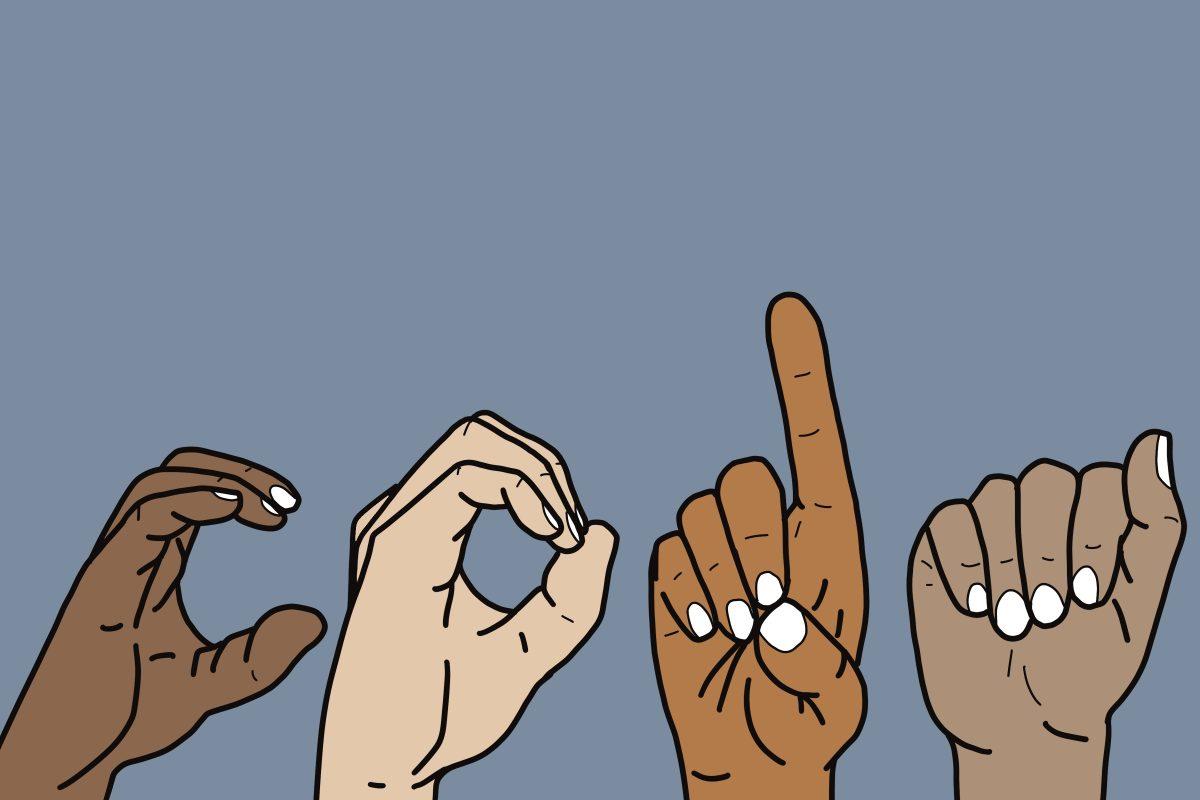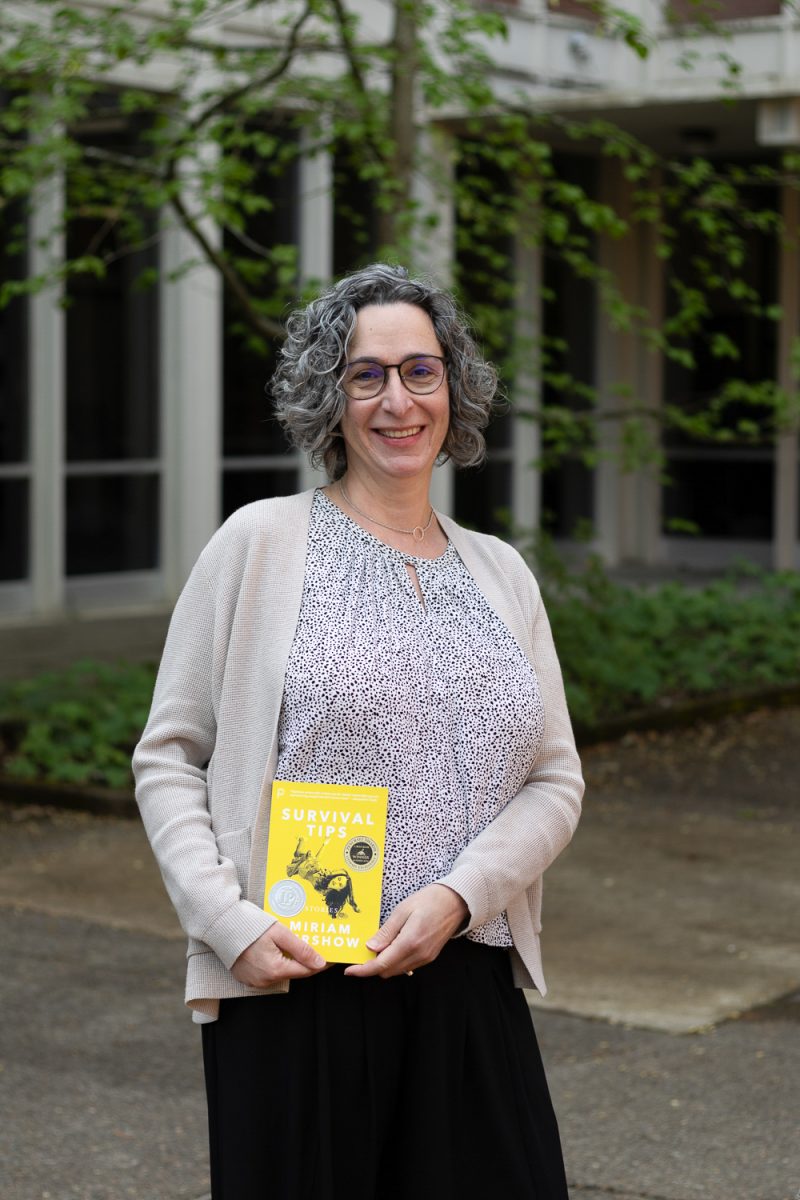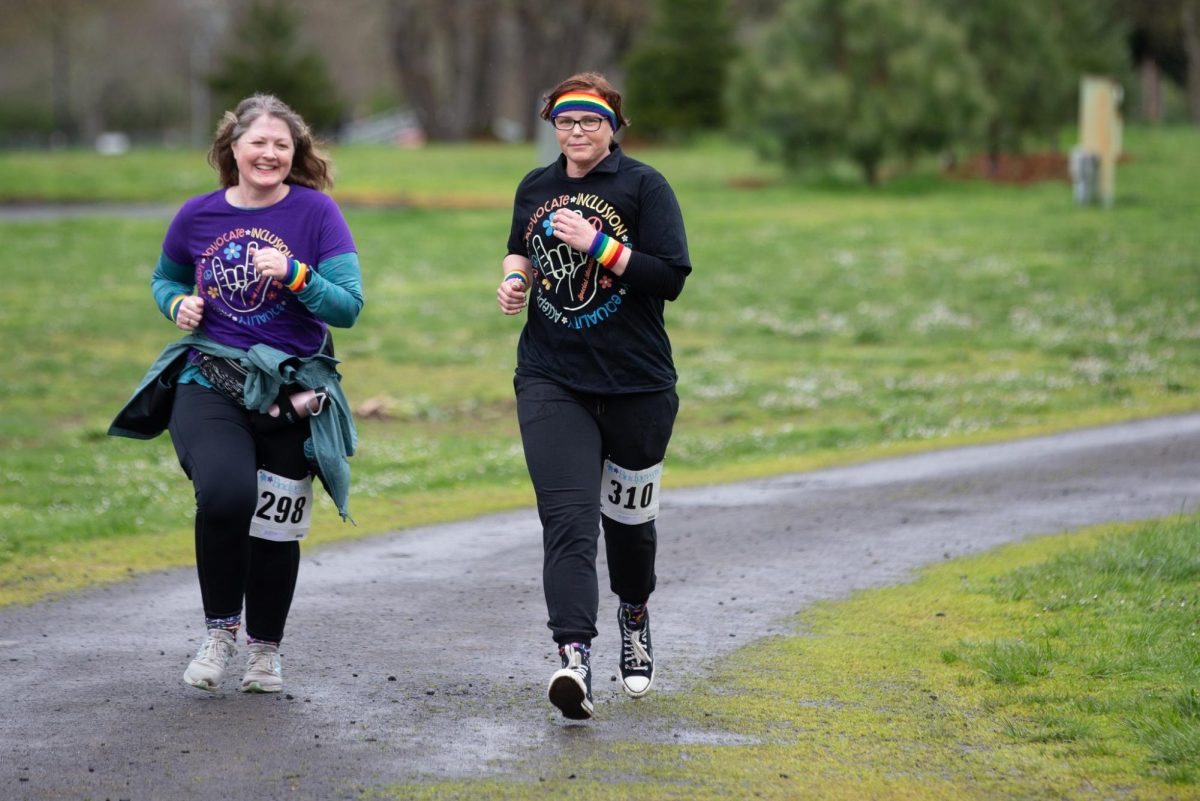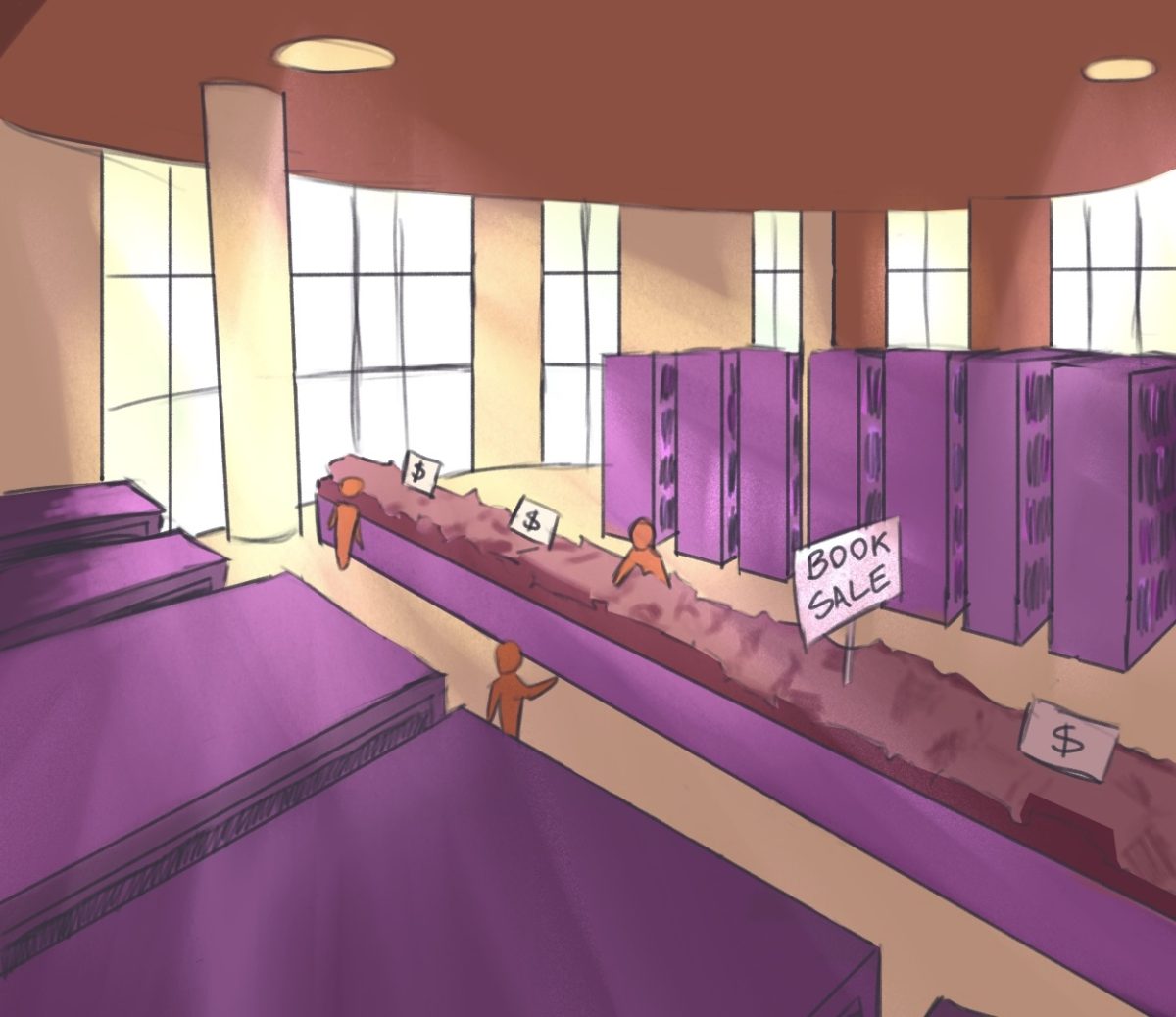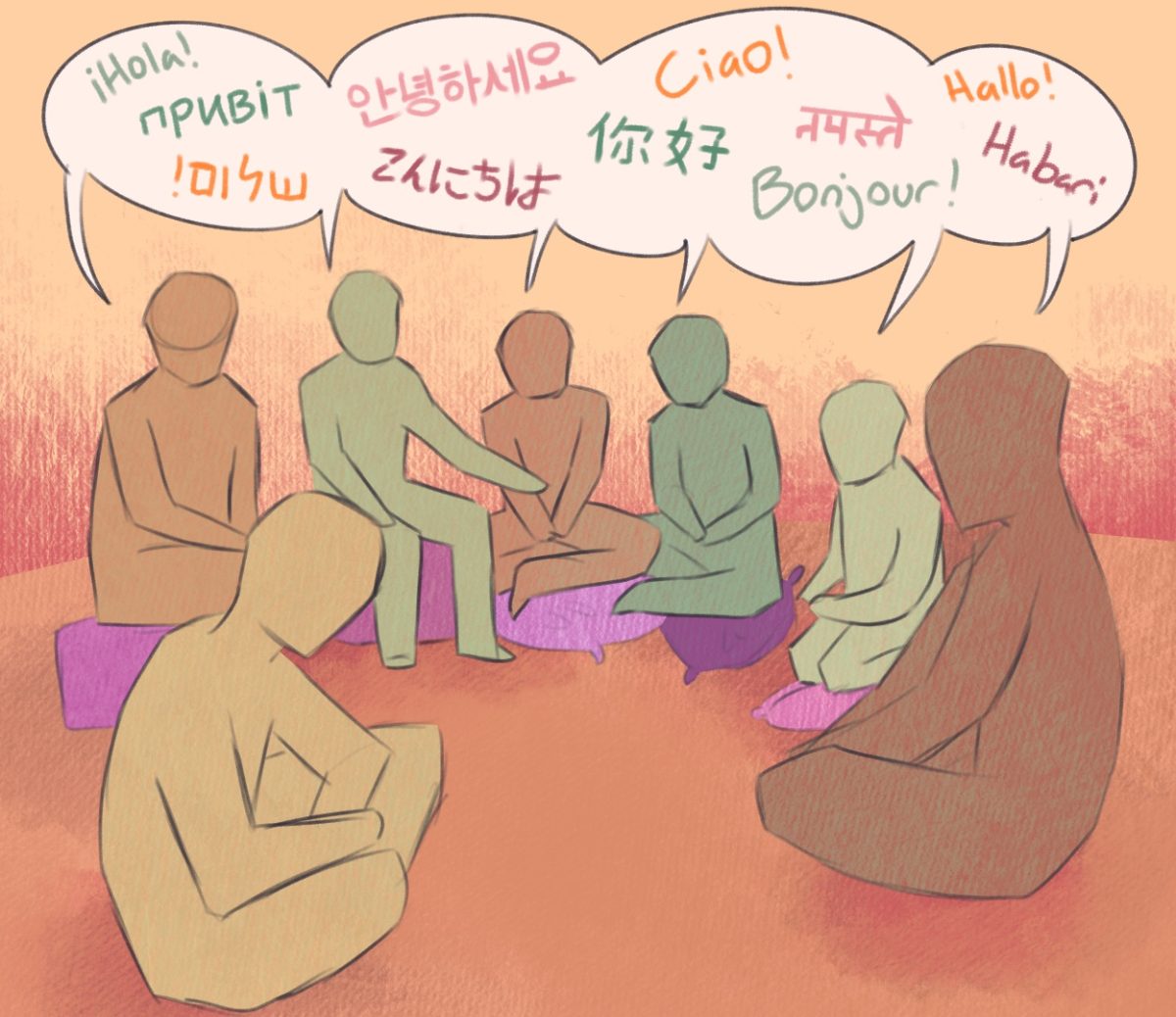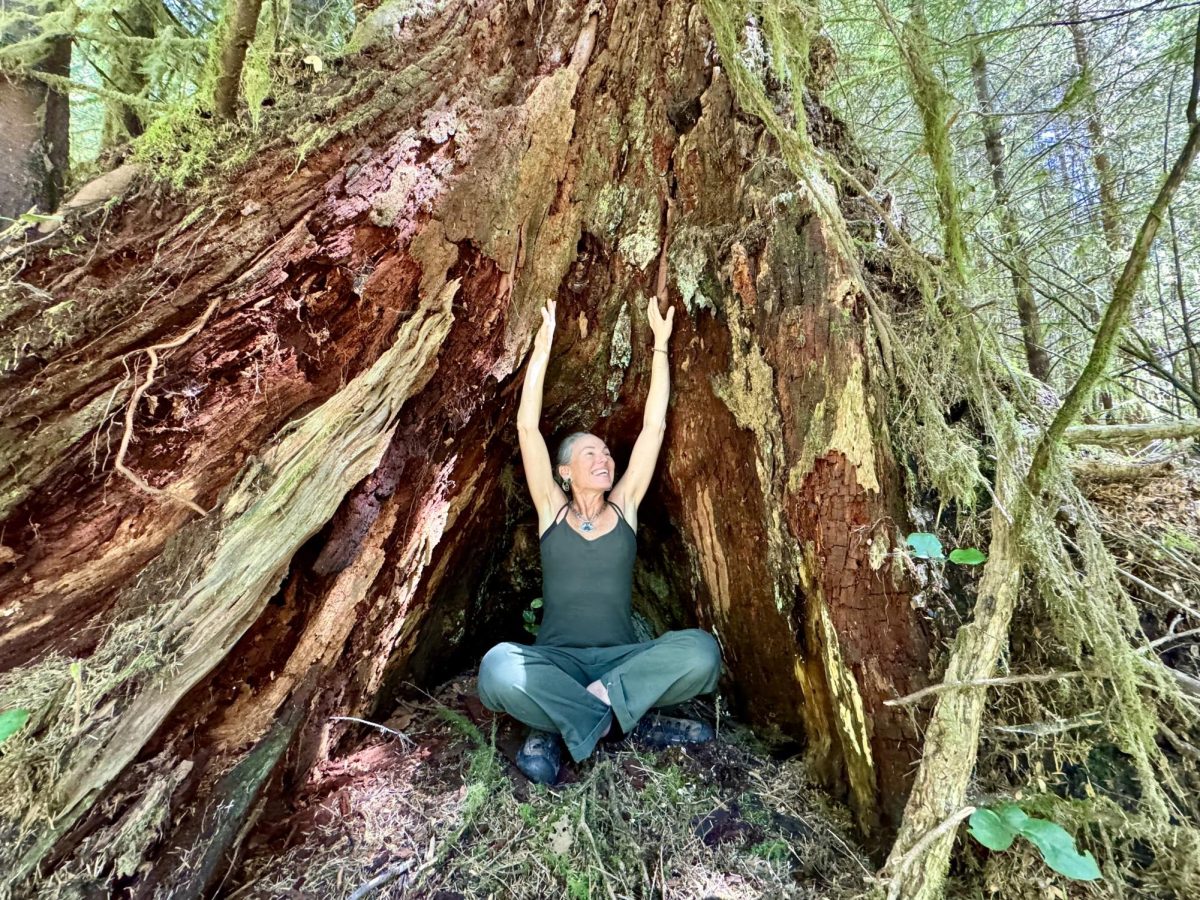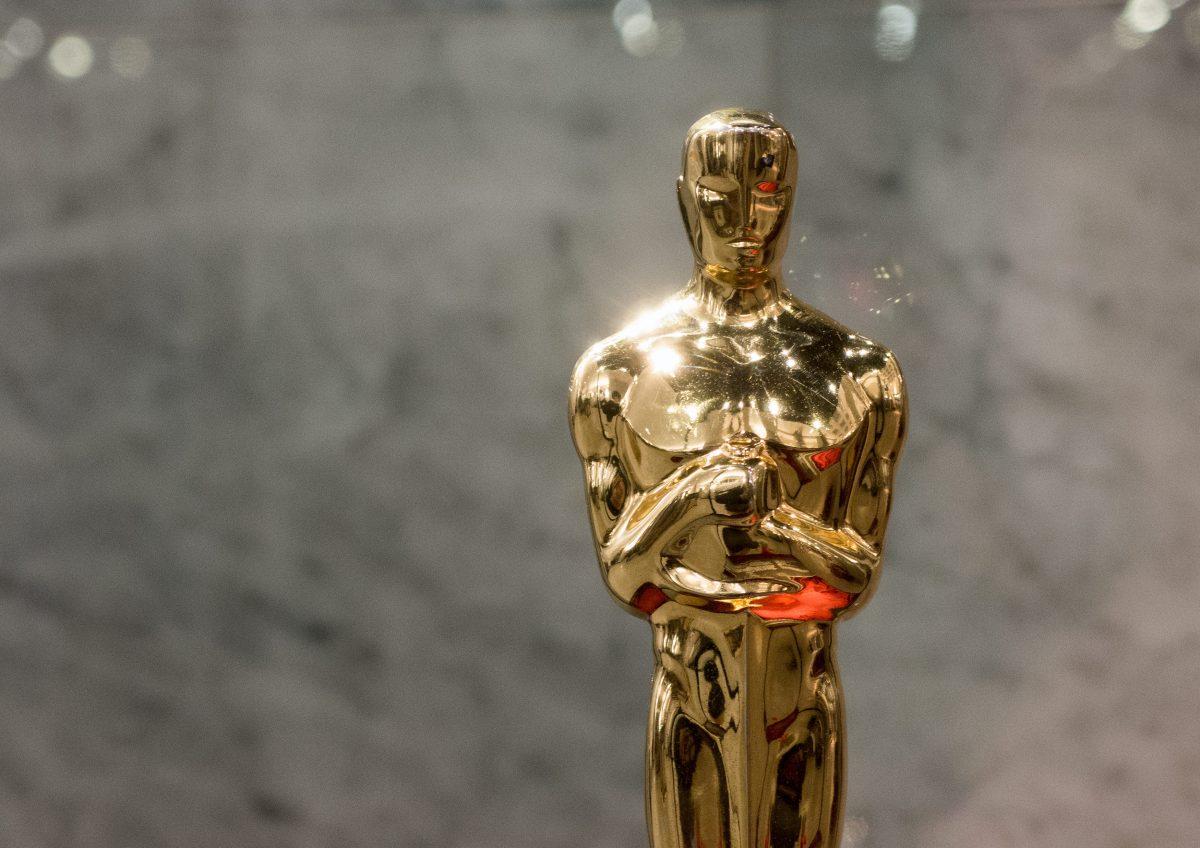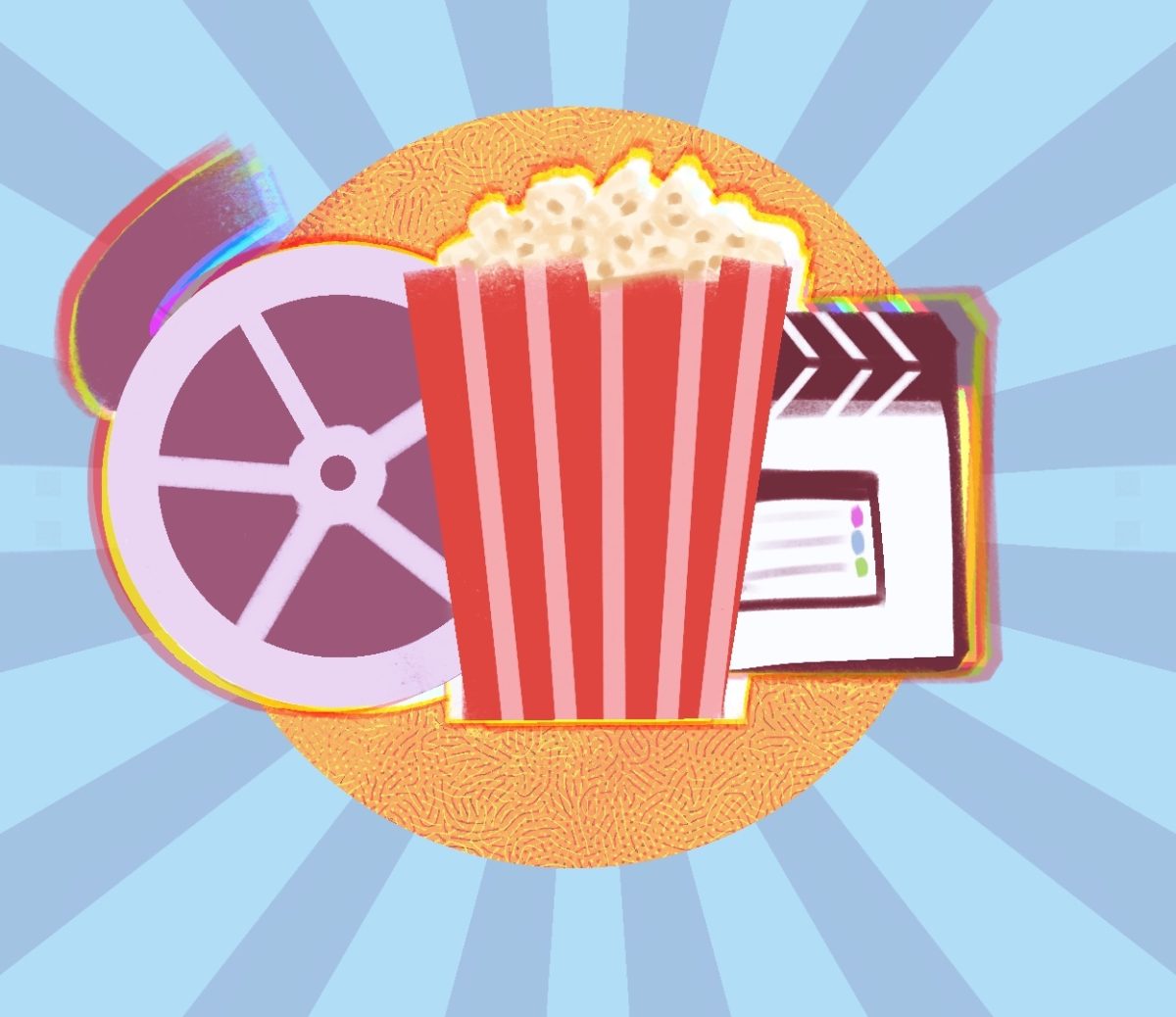There’s a specific scene in “CODA” that is a perfect microcosm of my problems with the film — as well as the areas where it succeeds. Our protagonist, a child of Deaf adults, the eponymous CODA, tries to describe to her hearing choir teacher how singing makes her feel. Since she can’t quite phrase it in English, the teacher encourages her to use American Sign Language (ASL) instead. To me, a fellow CODA, what she signed was nice enough, though I didn’t find it particularly meaningful. For many hearing viewers, I would imagine it was a revelatory glimpse of a Deaf culture that few, if any, had been exposed to before.
In 1987, Marlee Matlin made history as the only Deaf performer to win an Oscar, winning Best Actress for her performance in “Children of a Lesser God.” Initially regarded as a watershed moment for representation, Deaf roles in film and TV have been few and far between in the 35 years since. That’s why “CODA,” released in August on Apple TV+, is equal parts refreshing and frustrating. The film won all three Oscars it was nominated for, becoming the first Best Picture winner to feature a predominantly Deaf cast. While the story centers on hearingness and relies heavily on conventional tropes, the film’s inclusion of Deaf characters and storylines might just help Deaf culture translate to a wider audience.
17-year-old Ruby Rossi (Emilia Jones) is a child of deaf adults, the titular “CODA.” The only hearing member of her Deaf family, Ruby helps her parents, Jackie (Marlee Matlin) and Frank (Troy Kotsur), and brother Leo (Daniel Durant) with the family fishing business, which she plans to join full time after graduating high school. Ruby has an undiscovered talent for singing and is encouraged by her new choir teacher Mr. V (Eugenio Derbez) to apply to Berklee College of Music, putting her dreams at odds with the future her family envisions for her.
90% of CODAs are hearing, causing them to occupy a unique social space. They often grow up bilingual while straddling both hearing and Deaf cultures, which can render them convenient interpreters for their parents in certain situations. In the film, Ruby is the hearing person on deck while her father and brother fish, and often acts as a liaison between the family business and the hearing local fishermen’s board. Some situations are more awkward, like medical appointments — in one of the funnier scenes, Ruby has to interpret that her parents have jock itch and can’t have sex for two weeks.
For Ruby, juggling the pressures of being a CODA with the everyday dilemmas that come with being 17 is a delicate balancing act. As the film progresses, the tenuous lines between her school, family and work lives unravel, and Ruby is forced to make a series of emotional and life-altering decisions that she fears could come at the expense of her relationship with her family. Despite being a newcomer to acting, Jones is able to convey angst and tension as well as any recent teen actor — and she’s a convincing CODA, too, even if native signers can probably sense that she didn’t grow up with the language. Hearing audiences will buy Ruby’s impossible choice between her family and her dreams without needing all the Deaf-related context.
Therein lies the problem. Portraying these kinds of experiences without context can create the misconception that Deaf parents lack agency, or that they depend on their hearing children to a fault. This is simply not true. Every CODA is different, and while many of the smaller moments in the film rang true to me, I never felt that Ruby’s experiences exactly mirrored mine. I can understand that Deafness is beautiful and complicated and that it isn’t what’s keeping her from her dream. But I can’t count on an audience that has little to no experience with Deaf media to recognize the distinction.
Thankfully, and predictably, the film has a happy ending, with an emotional climax just as likely to stun hearing audiences as it was to confound me. Troy Kotsur’s scene-stealing turn as Frank, Ruby’s father and the family’s gruff, vulgar emotional center, helps right the ship. His connection with Ruby turns the film from a problematic story about family conflict to a wholesome, sanitized narrative about chasing one’s dream and the ties that bind. Thus “CODA” is able to skirt around the problematic questions about Deafness that it initially raises.
I am perplexed by why, in a media landscape that does not tell enough Deaf stories, the hearing character was the primary focus. Likewise, Ruby’s dream of singing seems a bit too on the nose — a way of playing up the conflicts between the hearing Ruby and her Deaf parents where it didn’t have to. “CODA” seems to want to engage with complex conversations related to Deafness without providing sufficient context or nuance. In a world where Deafness was normalized and there was a diverse array of Deaf content, this might be fine. But this is the most prominent Deaf film to release in a generation — and I worry about some of the perceptions it might create.
“CODA” has been celebrated not because it’s a groundbreaking or subversive work, but because it’s a by-the-numbers coming-of-age story with the added-value element of Deafness. It should be applauded for its inclusion of Deaf characters and storylines, and I celebrate the doors this will open for future Deaf films, actors and representation. At the same time, as a CODA myself, I can’t ignore the things that bothered me about this film.
The Oscars were a night of mixed emotions for me. Seeing “CODA” win Best Picture was undoubtedly a watershed moment for the Deaf community and representation as a whole. As someone whose experiences have never been represented in mainstream American film or TV, I found myself delighted and frustrated. It certainly was impactful for me to see the first Deaf man win an Oscar, or to see ASL finally being put to widespread use on a national stage. Yet I am concerned that “CODA” may reinforce misconceptions about Deafness in the process. However, if film studios would just step up to bat for Deaf representation — celebrating Deaf culture and centering a variety of diverse perspectives — then my problems with “CODA” might not matter as much.


